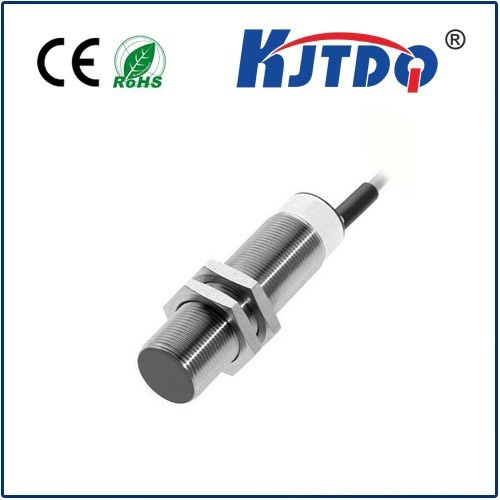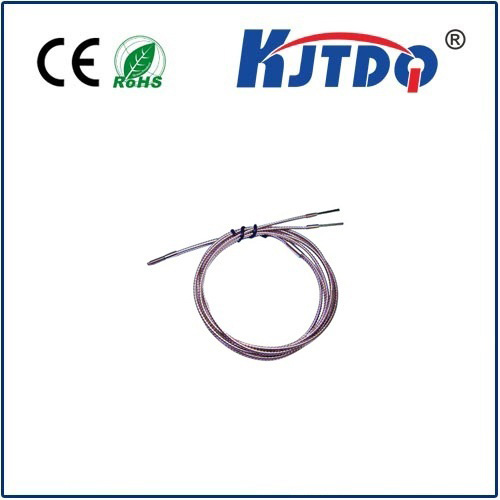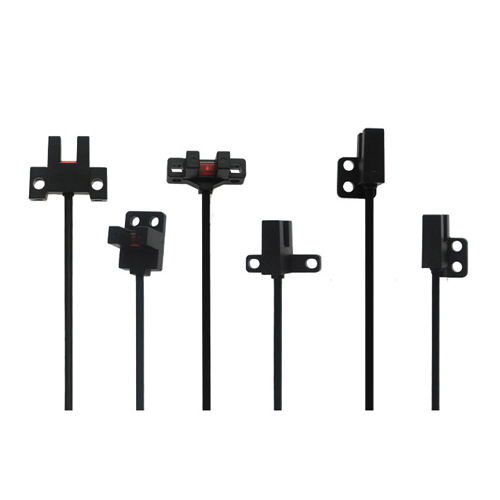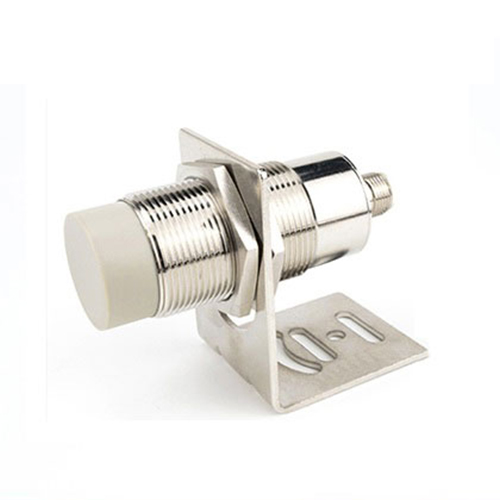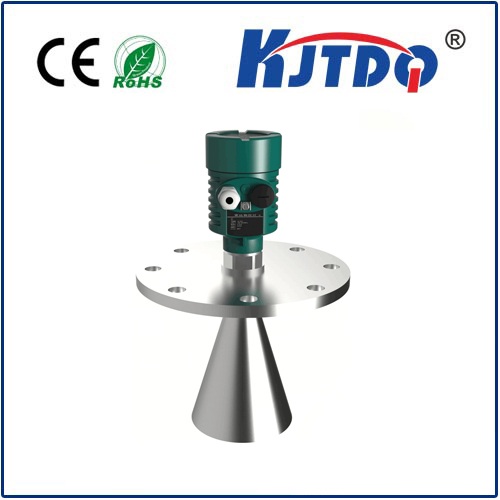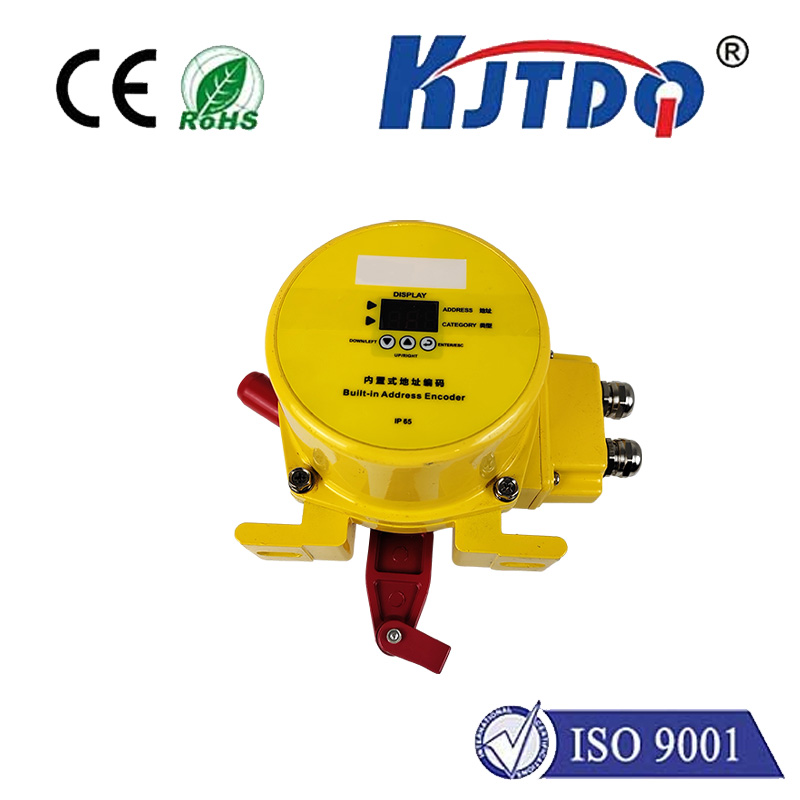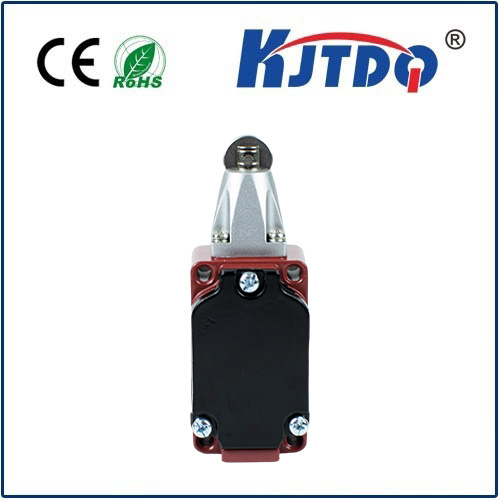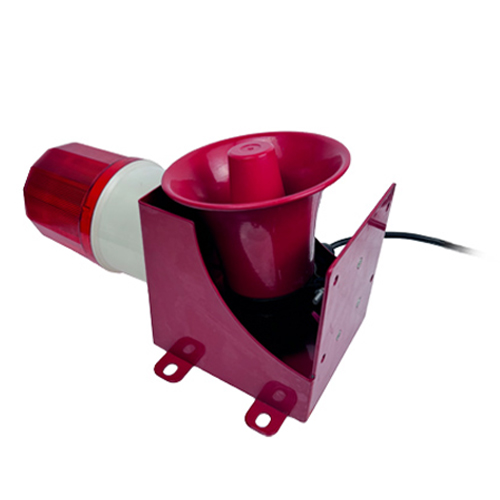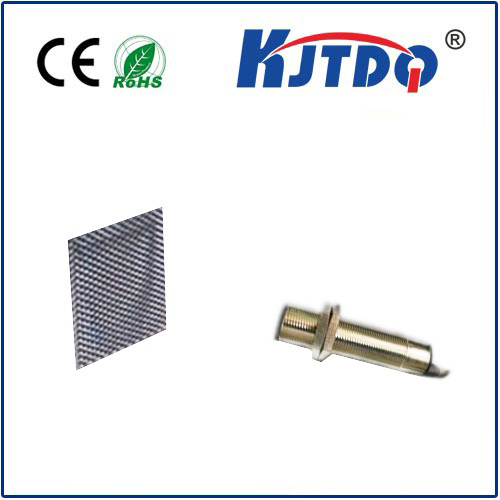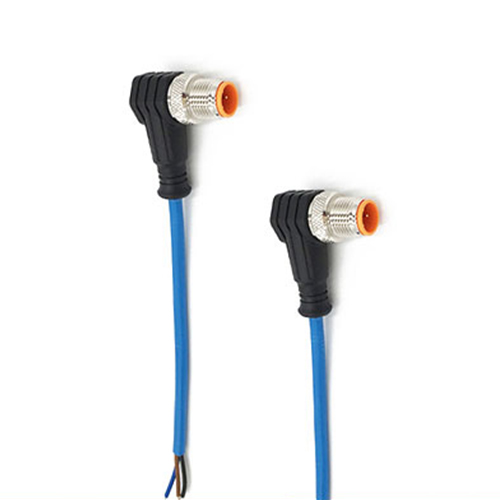

check

check

check

check

check

check

check

check

check

check
Title: Harnessing the Power of Magnetic Proximity Sensors
Magnetic proximity sensors, also known as MEMS (Micro-Electro-Mechanical Systems), have revolutionized the way we interact with technology. These tiny devices are capable of detecting and measuring distances between two objects or components with high accuracy, even in adverse environmental conditions. In this article, we will delve into the world of magnetic proximity sensors and their various applications across various industries.
Introduction to Magnetic Proximity Sensors
Magnetic proximity sensors are based on the principle of electromagnetic induction. They consist of a coil that generates an alternating magnetic field when an object approaches it. The sensor then measures the changes in the magnetic field to determine the distance between the object and the sensor. This technology has been around for decades, but recent advances in MEMS technology have led to significant improvements in accuracy and sensitivity.
Applications of Magnetic Proximity Sensors
One of the most common applications of magnetic proximity sensors is in the field of robotics. Robots equipped with these sensors can navigate complex environments, detect obstacles, and perform precision tasks without human intervention. For example, robots used in manufacturing assembly lines can use magnetic proximity sensors to ensure that components are aligned correctly and prevent damage during production.
Another application of magnetic proximity sensors is in the automotive industry. Car manufacturers use these sensors to monitor the distance between objects such as vehicles, pedestrians, and other vehicles. In case of a collision, the car's system can automatically apply the brakes to prevent damage. Additionally, magnetic proximity sensors can be used to detect when a key is inserted into a vehicle's ignition system, providing an additional layer of security.
Magnetic proximity sensors also have potential uses in healthcare. Doctors can use these sensors to measure the body's vital signs, such as heart rate and blood pressure, without needing to physically contact the patient. This not only reduces the risk of infection but also provides doctors with more accurate data for diagnosis and treatment planning.
In addition to these applications, magnetic proximity sensors have numerous other uses, including in home automation systems, security systems, and medical devices. As the technology continues to advance, we can expect to see even more innovative applications in the future.
Conclusion
Magnetic proximity sensors are a versatile and powerful technology with a wide range of applications across various industries. From robotics to healthcare, these tiny devices are transforming the way we interact with technology and improving our lives in countless ways. As research and development continue to drive progress in this field, we can look forward to exciting new applications and possibilities that will shape the future of technology for years to come.
